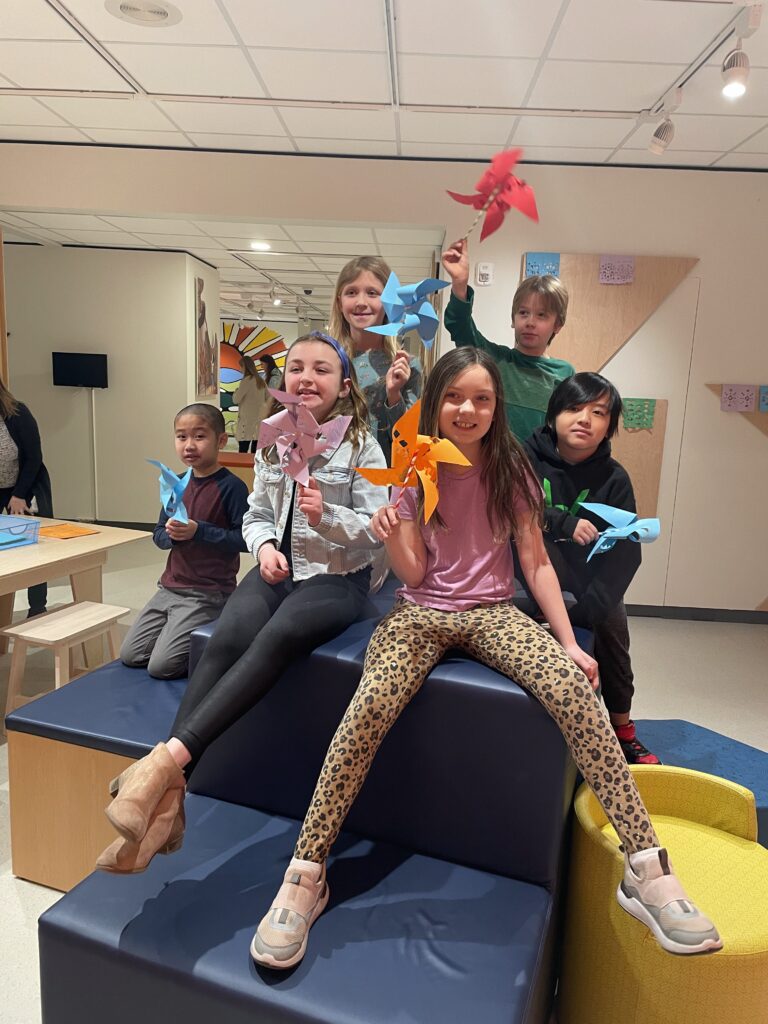
I could spend days listing my favorite poets. As writers, poets weave words together like spells, creating magic threads to connect cultures, ideas, and feelings that seem too specific to fit under any given name. As an avid reader, poetry was always a corner of literature that felt the most like magic to me. Poets like e.e. cummings, Olivia Gatwood, Rupi Kaur, and Emily Dickinson entwine words together in ways that unlock universal human experiences. Cummings create poems that conveyed the feeling of falling in love so deeply with someone that your souls weave together into one, forever carrying the heart of the other person with you throughout this life and the next. Gatwood and Kaur channel human experiences in raw, unfiltered dialogue for those who cannot put names to the emotions they have or the experiences they have shared. Dickinson discovered the gentleness of hope with her words while she survived an agoraphobic experience. Poetry is used in the same way that visual arts is, to explore and express experiences and emotions that transcend normal limits of communication.
When I was teaching and National Poetry Month came around each year, students groaned. I, on the other hand, was excited to dive into a world where magic is created out of thin air. It was a little gift to myself each April as a teacher that I got to share in the bliss and curiosity of writing poetry with my students. In 1996, The Academy of American Poets created National Poetry month, taking influence from the successful celebrations of Black History Month and Women’s History Month. The Academy wanted to involve as many organizations, government agencies, and leaders as possible to highlight the legacy, cultural impact, and achievements of American poets, while also encouraging educators to bring poetry into their classroom. They wanted students to build a love for the art form that would turn them into lifelong poetry readers, or poets themselves. National Poetry Month evolved into one of the largest literary celebrations around the world, with classrooms, libraries, and public organizations celebrating in unique ways.

For the second year in a row, the Woodson Art Museum has the privilege of celebrating National Poetry Month with the Wisconsin Fellowship of Poets. From October to January, Wisconsin high school students were invited to write and submit poems inspired by artwork images from the Museum’s permanent collection. Works from Alesia Rossi-Steward, Will Barnet, and Owen Gromme provided the basis for students’ minds to run wild, weaving magic of their own a they embarked on a journey to explore the works before them. After submitting their writing, poems were scored through a blind jury process before first, second, third place, and honorable mentions were chosen. On Saturday, April 6 at 1pm, students, educators, and the public are invited to gather at the Museum for a poetry reading and reception to celebrate their work. Winning poems will be on display next to the artwork that inspired them for others to enjoy. For twelve young poets, this may be the spark that motivates them to become the next e.e. cummings, Emily Dickinson, Rupi Kaur, or Olivia Gatwood, all due to three artworks, two organizations, and a love for allowing the arts to shine brightly in our central Wisconsin community.

